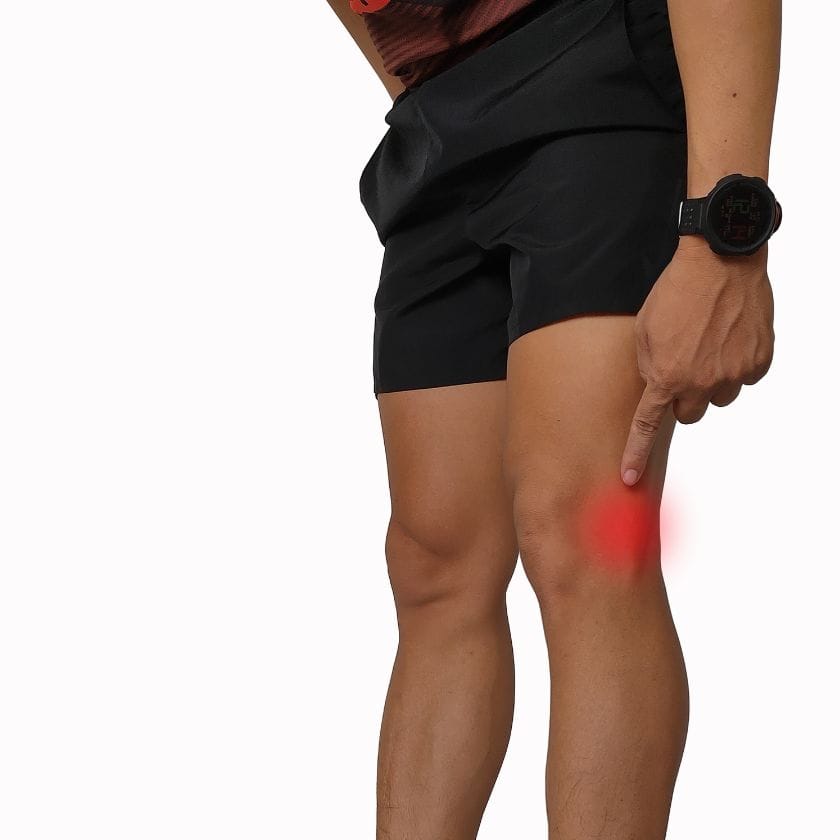ITBS is a common injury to the thigh, generally associated with running, cycling, hiking or weight-lifting and is one of the leading causes of lateral knee pain in runners. The iliotibial tract is a superficial thickening of tissue (fascia) on the outside of the thigh, extending from the outside of the pelvis, over the hip and knee, and inserting just below the knee. The band is crucial to stabilising the knee during running, moving from behind the femur to the front while walking. The continual rubbing of the band over the lateral femoral epicondyle, combined with the repeated flexion and extension of the knee during running may cause the area to become inflamed.

Iliotibial band syndrome can be prevented by avoiding overtraining, allowing for adequate recovery and rest, following a regular stretching and strengthening program and selecting proper running shoes or visiting your podiatrist to help with correction of any anatomical or biomechanical abnormalities
Ready to give your feet the care they deserve? Book your appointment online or call us and experience our expert podiatry services at any of our six clinic locations.